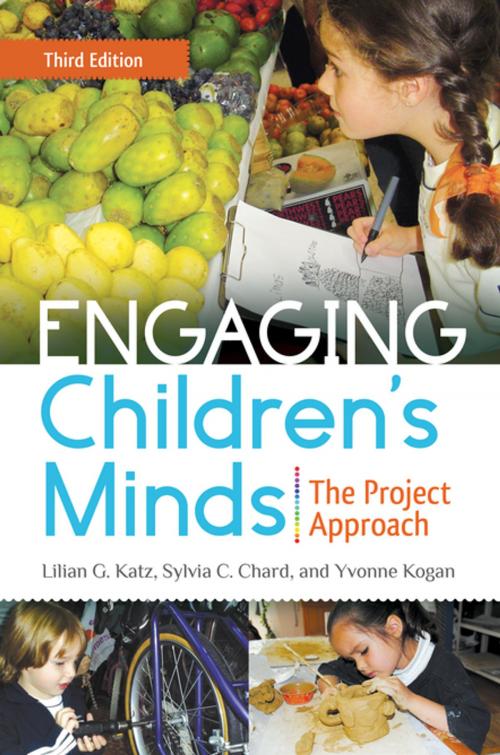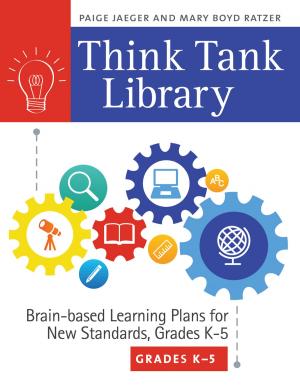Engaging Children's Minds: The Project Approach, 3rd Edition
The Project Approach
Nonfiction, Reference & Language, Education & Teaching, Teaching, Teaching Methods| Author: | Lilian G. Katz, Sylvia C. Chard, Yvonne Kogan | ISBN: | 9781440828447 |
| Publisher: | ABC-CLIO | Publication: | September 26, 2014 |
| Imprint: | Praeger | Language: | English |
| Author: | Lilian G. Katz, Sylvia C. Chard, Yvonne Kogan |
| ISBN: | 9781440828447 |
| Publisher: | ABC-CLIO |
| Publication: | September 26, 2014 |
| Imprint: | Praeger |
| Language: | English |
Why has the Project Approach proven to be so successful for engaging young children intellectually and supporting their capacities to think, predict, hypothesize, reason, and express their natural curiosity? Simply put, because project work provides meaningful contexts in which children can readily apply and perceive the usefulness of their growing academic skills. This book provides a brief history and overview of the Project Approach and a thorough explanation of how to better use this method proficiently in a wide range of educational contexts.
This book is intended for teachers, early childhood practitioners, caregivers, and student teachers. Readers will learn how to apply this approach to engage children's interest and facilitate their intellectual development. The book's chapters articulate the processes and benefits of the Project Approach, identify and detail the three phases of project work, and provide specific suggestions for implementing each phase. The importance of documenting children's work to record the story of their investigation and findings is also discussed.
Why has the Project Approach proven to be so successful for engaging young children intellectually and supporting their capacities to think, predict, hypothesize, reason, and express their natural curiosity? Simply put, because project work provides meaningful contexts in which children can readily apply and perceive the usefulness of their growing academic skills. This book provides a brief history and overview of the Project Approach and a thorough explanation of how to better use this method proficiently in a wide range of educational contexts.
This book is intended for teachers, early childhood practitioners, caregivers, and student teachers. Readers will learn how to apply this approach to engage children's interest and facilitate their intellectual development. The book's chapters articulate the processes and benefits of the Project Approach, identify and detail the three phases of project work, and provide specific suggestions for implementing each phase. The importance of documenting children's work to record the story of their investigation and findings is also discussed.

![Cover of the book Encyclopedia of U.S. Military Interventions in Latin America [2 volumes] by Lilian G. Katz, Sylvia C. Chard, Yvonne Kogan](https://www.kuoky.com/images/2013/july/300x300/9781598842609-QDdA_300x.jpg)


![Cover of the book Border Disputes: A Global Encyclopedia [3 volumes] by Lilian G. Katz, Sylvia C. Chard, Yvonne Kogan](https://www.kuoky.com/images/2015/july/300x300/9781610690249-szy2_300x.jpg)










![Cover of the book 50 Events that Shaped Latino History: An Encyclopedia of the American Mosaic [2 volumes] by Lilian G. Katz, Sylvia C. Chard, Yvonne Kogan](https://www.kuoky.com/images/2018/march/300x300/9781440837630-BV7J_300x.jpg)